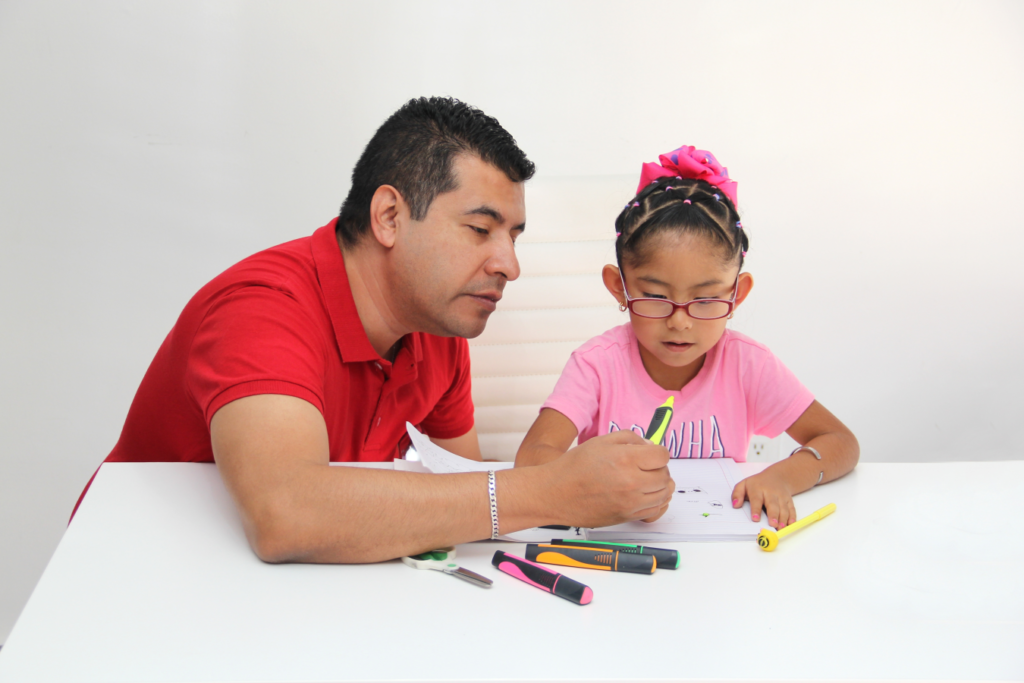Some current and famous people such as Greta Thunberg, Anthony Hopkins, Susan Boyle, Elon Musk, and Keaunu Reeves have been diagnosed with an autism spectrum disorder. But, what does this condition refer to and what are the most important needs?
What is autism? Experts explain that it is a condition characterized by developmental deficits or challenges that can affect communication language, and socialization, in particular. It is referred to as autism spectrum disorder because there are many and varied characteristics, and each person with this condition is different.
Marcela Rivera, coordinator of management of the Guatemalan Association for Autism, says that the goal is for people with autism in Guatemala to be an active part of an inclusive society, to play a role in society, and have the opportunity to learn, work, socialize and have fun, “a process that begins at home with our families and friends,” she adds.
For her part, Ana José Espinoza, program coordinator of the same association, says that the diagnosis could be made from 18 months of age when the first warning signs appear, “the earlier it is detected and the guidance is provided so that the children have more tools of autonomy to develop in the future, otherwise it is more complicated to achieve it,” she recommends.
“Today there is much more information, since before parents confused the spectrum with a behavioral problem, that their child was more shy than normal, that the child suffered from an anxiety disorder or even ADHD,” says Paola Marroquín, psychologist and Educational-Technical Deputy Director and Coordinator of the Diagnostic Center of the Neurological Institute of Guatemala.
The signs of autism
How do we know if a condition exists? By the age of two, the child should already be able to produce a two-word sentence. Usually, when there is autism, there is a delayed development of speech, at three or four years of age. They usually do not respond to their name, they walk on tiptoe and play in an unusual way by sorting by color and size, and there is little imaginative play.
They are also hypersensitive to loud noises or textures. Each of these aspects does not occur in normal development.
The Mayo Clinic explains that a small number of children go through a traditional developmental process and go through a regression period between 18 and 24 months of age when symptoms of autism appear.
Ideally, when seeing situations like the one above, you should go to a neuropsychologist, speech therapist, and/or clinical psychologist who can help make the diagnosis, since autism is not a disease but a condition.
Challenges in adulthood
According to Marroquín, “the problem arises because many adults were not diagnosed in childhood, but they know that something is wrong,” she says, admitting that accessing appropriate support services in adulthood is more complicated and there is a lack of awareness about autism in adults, even among health professionals.
“The fact that the patient can say what he or she feels and has and how to deal with it can result in many misunderstandings and incorrect diagnoses, since most medical and educational systems are designed for children and it is very difficult to find this type of care for adolescents, and even more so for adults,” says the specialist.
How do I know if I am an adult with autism?
Some adults discover that many of the things that have happened to them throughout their lives may be due to this cause, however, it is not until a trained health professional diagnoses it that one can know with certainty whether or not one suffers from this spectrum.
“There is now a wide range of tests available on the Internet that people can use to self-diagnose themselves. These can serve as alerts to then seek the advice of a health professional, but they are not assessments that provide accurate diagnoses,” Marroquín says.
How to identify autism? There are situations such as difficulties in social communication, they may defend these characteristics as introverted people or with problems of social anxiety. There is also difficulty in interpreting social signals from others.
Other symptoms that could be mentioned include a lack of ability to start a conversation, not understanding jokes, irony, or sarcasm; routines that are too strict and inflexible to change, sensory sensitivity, difficulties in adapting to change; as well as organizing, planning and carrying out daily tasks even if they do not require too much effort.
How to break the stigma?
“Some parents bring their children for consultation and they admit that they did many of the behaviors that their children exhibit when they were little, but they are afraid of being diagnosed because according to them this diagnosis comes with a label for social marginalization,” says Marroquín.
Psychologist Marroquín mentions that currently admitting that one suffers from this spectrum is still considered a taboo subject that society must work on. In addition, she points out that it is important to work with professionals trained in the treatment of autism to develop an individualized plan that addresses the needs of each person since no spectrum will be the same as another.
“People who seek help generally want to improve their quality of life and understand what is happening to them, and having psychological support and therapy can be a great help for those who suffer from it,” she says.
She also believes that it is important to raise awareness in society about the spectrum, whether among classmates or coworkers, highlighting the value of clear and direct communication, sensory-friendly environments, and support in the development of social skills so that those who suffer from this spectrum feel supported.
She also highlights the importance of adults with autism relying on their family network, and for them to understand and be aware of the diagnosis and educate themselves on the subject.

